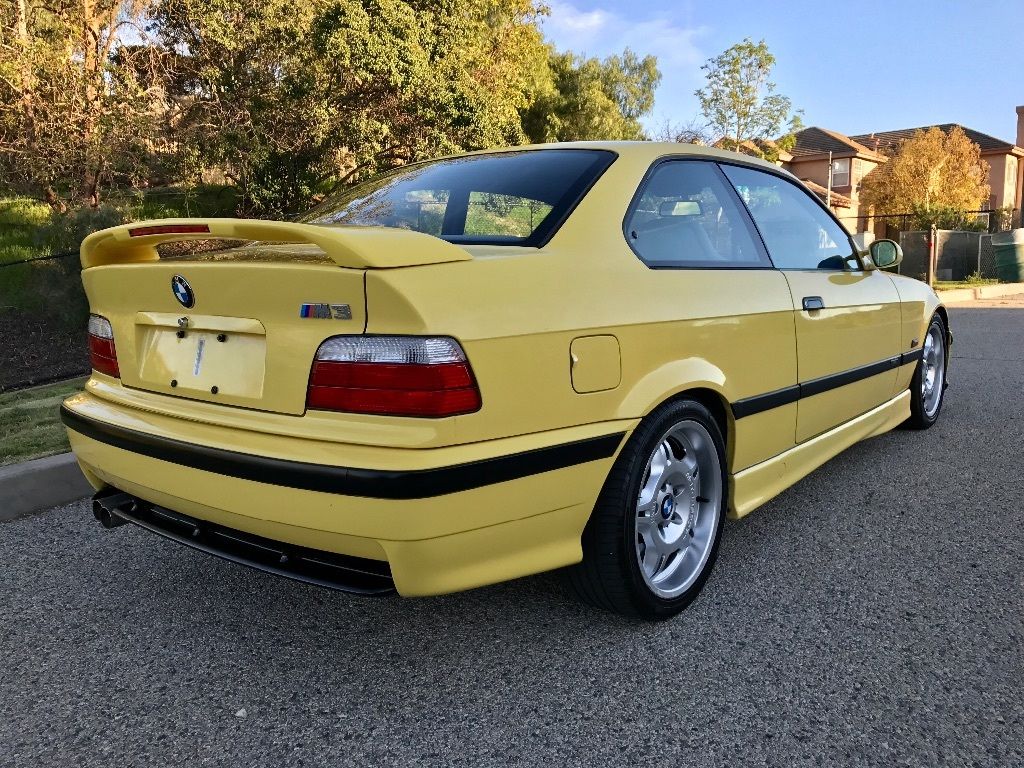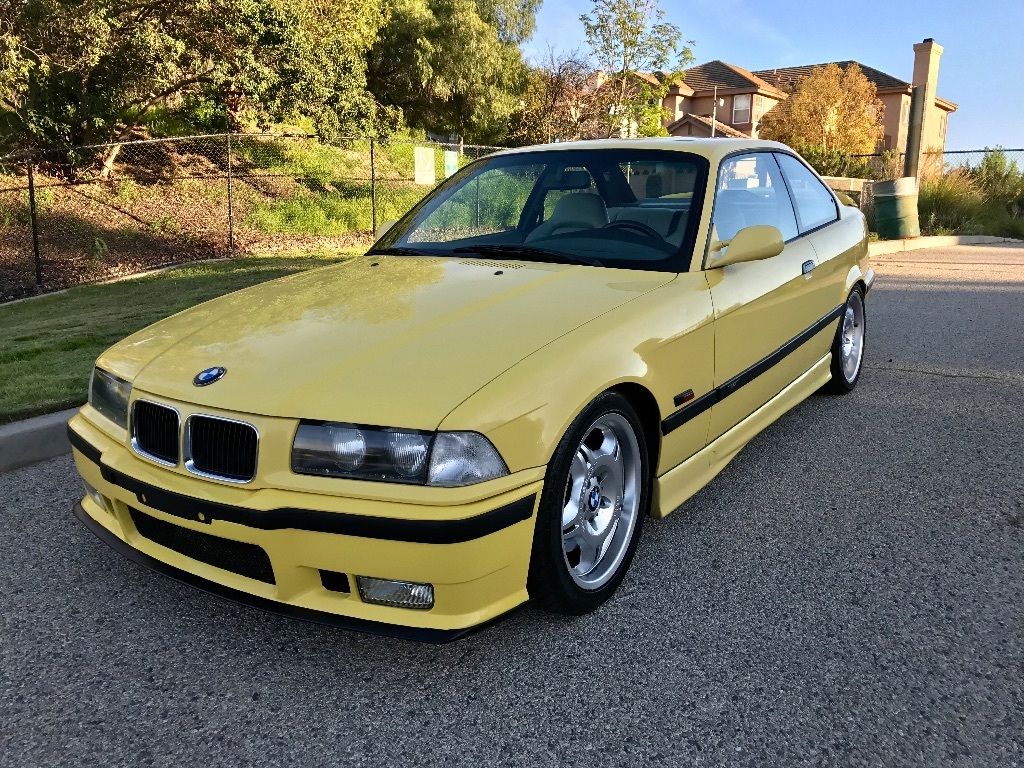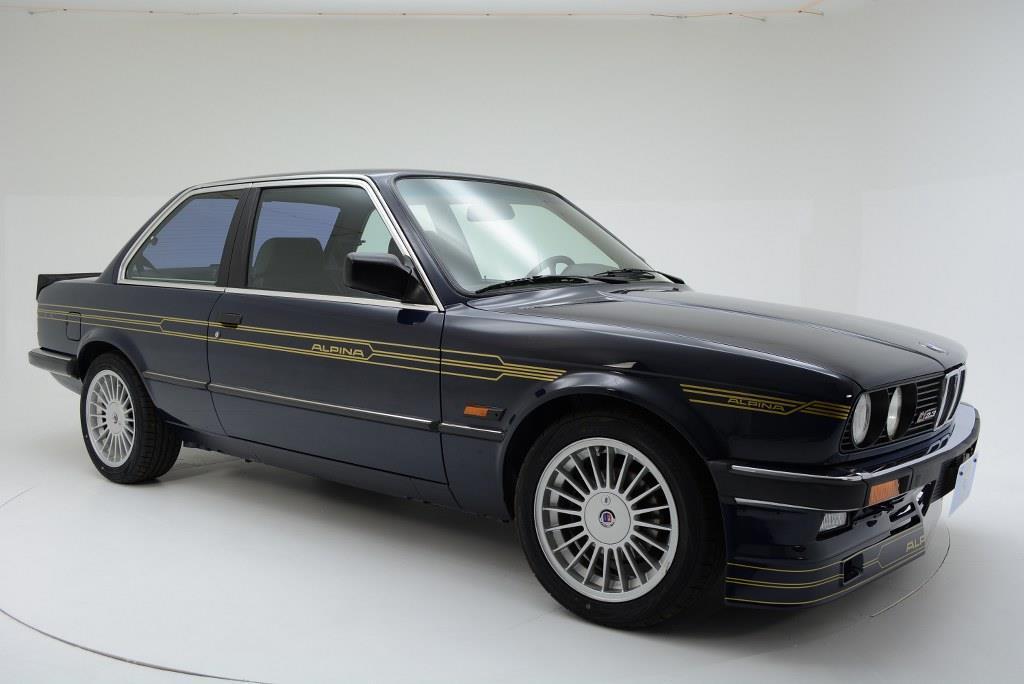 The E23, produced between 1977 and 1987, was the first iteration of the 7-series. It set the standard that BMW has followed, more or less, with each subsequent version of its luxury flagship. Large, comfortable, conservatively styled and packed with the latest technology for the time (ABS brakes, an onboard computer, electric seats and climate control, for example), these autobahn cruisers were for those who had arrived but couldn’t quite afford a Mercedes, or preferred the driving dynamics of a BMW. Sadly, very few have survived the ravishes of time and they’re quite a rare sight on today’s roads. And that’s a shame, because these are truly very handsome and classy cars, sharing a lot of styling cues with the gorgeous E24 6-series, including a sharply raked, shark-nosed front end. So it’s refreshing to come across a low-mileage, nicely kept example like this one.
The E23, produced between 1977 and 1987, was the first iteration of the 7-series. It set the standard that BMW has followed, more or less, with each subsequent version of its luxury flagship. Large, comfortable, conservatively styled and packed with the latest technology for the time (ABS brakes, an onboard computer, electric seats and climate control, for example), these autobahn cruisers were for those who had arrived but couldn’t quite afford a Mercedes, or preferred the driving dynamics of a BMW. Sadly, very few have survived the ravishes of time and they’re quite a rare sight on today’s roads. And that’s a shame, because these are truly very handsome and classy cars, sharing a lot of styling cues with the gorgeous E24 6-series, including a sharply raked, shark-nosed front end. So it’s refreshing to come across a low-mileage, nicely kept example like this one.
Category: BMW
A little over a year ago, I took a bit of a gamble and plunged into M3 ownership. At the time, I was reasoning that the E46 market wasn’t likely to dip much lower in the immediate future, as the E36 market was already trending upwards. As a result, I paid (what I felt was) a reasonable premium for a low mileage, excellent original condition example in a very rare color. At least on the surface, it would seem that my decision was correct; since purchasing that car, some E36 sales have gone through the roof as documented on these pages. Further, E46 sales of clean, original examples (especially 6-speeds) appear also to be heading upwards, as witness by the 2003 currently on Bring A Trailer. With a few days to go, bidding is past $25,000 – money that until now was considered reserved only for the Competition Package cars.
But back to the E36 market and this particular example. The cars that have pulled really strong numbers in the second generation M3 are the European specification models or the super-limited Lightweight edition. Still, that doesn’t mean that a clean normal U.S. specification M3 also isn’t heading upwards. Take this early ’95, for example:
CLICK FOR DETAILS: 1995 BMW M3 on eBay
4 CommentsAlpina mania continues unabated on these pages. And why not? Rather than hastily assembled montages of aftermarket accessories or tasteless timepieces of a bygone era, Alpinas were artfully crafted bits of perfection. They were intended to be, and often were, as good as a BMW could get. The market has recognized this in their value, which when correctly presented far outstrips that of a normal – or even special – model from Munich. But that’s led to a variety of half-baked, poorly presented or just plain questionable examples that pop up on a regular basis. Is today’s ultra-rare C1 2.3/1 a case of the former, or the latter?







